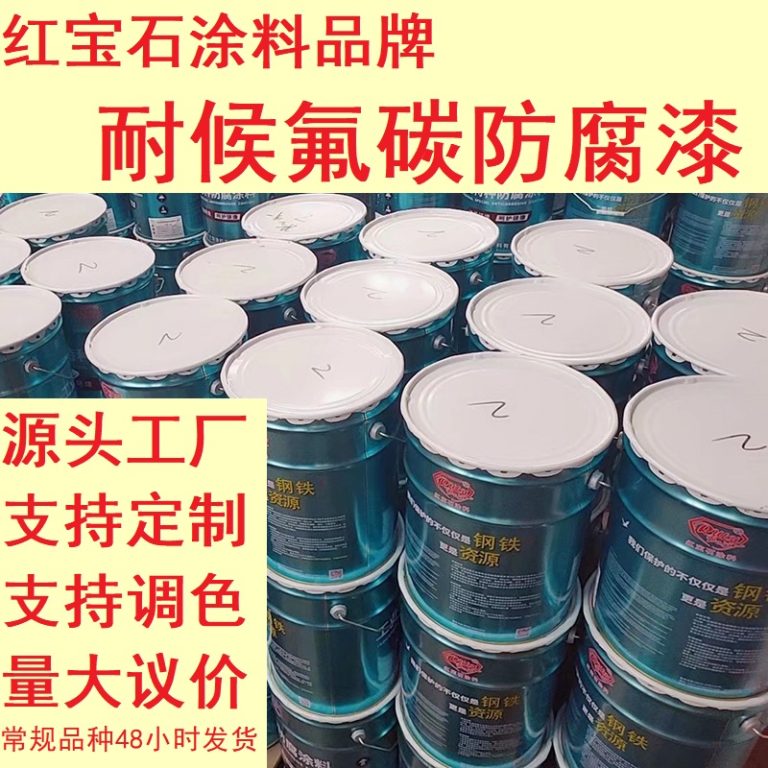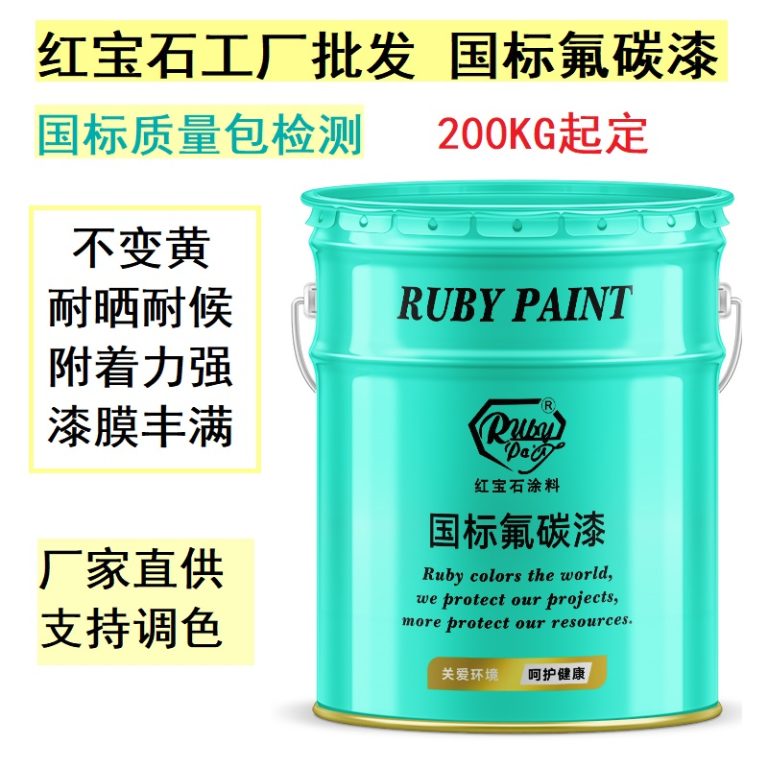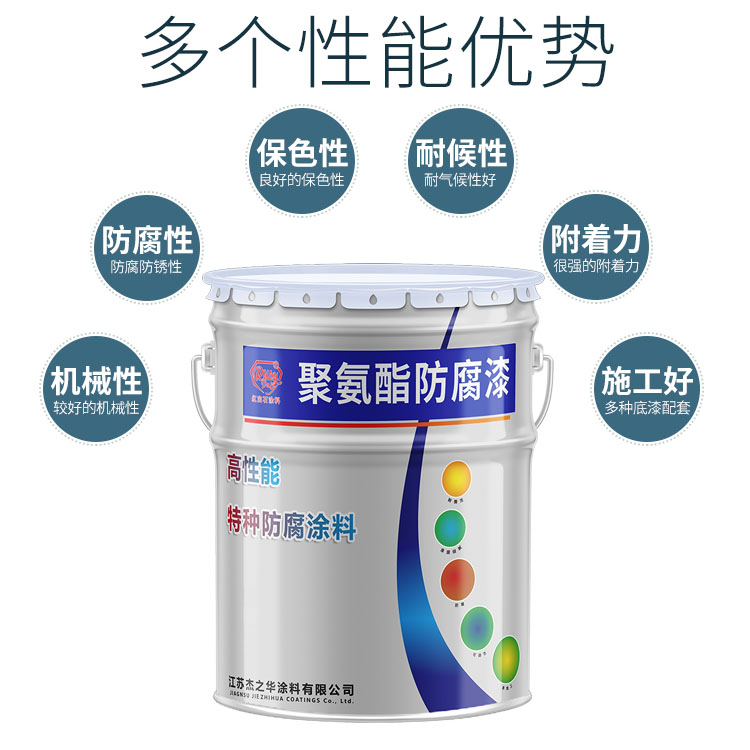Table of Contents
Exploring The Science Behind YInMn Blue Acrylic Paint
YInMn Blue, a vibrant and durable pigment, has captured the attention of artists and scientists alike since its accidental discovery in 2009 by chemist Mas Subramanian and his team at Oregon State University. This serendipitous find, named after its chemical makeup of yttrium, indium, and manganese oxides, has not only expanded the artistic palette but also opened up new avenues for scientific exploration, particularly in the realm of acrylic paints.
Acrylic paints, known for their versatility and fast-drying properties, have been a favorite among artists since their development in the mid-20th century. The introduction of YInMn Blue into the acrylic paint market has further enhanced this medium by offering a pigment that is not only strikingly bold but also inherently resistant to fading. This resistance is largely due to the unique way in which the YInMn pigment absorbs and reflects light, a characteristic that also contributes to its energy efficiency by reflecting infrared radiation.
The science behind the stability of YInMn Blue in acrylic paints is rooted in its crystalline structure. The trigonal bipyramidal coordination of the atoms within the pigment allows for a stable configuration that is less prone to breaking down when exposed to light and weather conditions. This stability is crucial for the longevity of artworks, ensuring that the vividness of the color is maintained over time without significant degradation.
Moreover, the environmental benefits of YInMn Blue extend beyond its reflective properties. Traditional pigments often contain toxic elements such as lead, cadmium, and chromium, posing health risks and environmental concerns. YInMn Blue, on the other hand, is composed of elements that are much less harmful, making it a safer alternative for both artists and the planet. This aspect of YInMn Blue is particularly significant in the context of growing environmental awareness and the push for sustainable practices in all industries, including the arts.
The process of incorporating YInMn Blue into acrylic paints involves careful consideration of the pigment’s compatibility with other components of the paint. Acrylic paints are composed of a pigment suspended in an acrylic polymer emulsion, and the balance between the pigment and the emulsion is key to achieving the desired consistency and drying time. The robust nature of YInMn Blue allows it to blend seamlessly with the acrylic medium, creating a paint that is not only beautiful and durable but also user-friendly.
As YInMn Blue continues to make its mark on the art world, its impact extends beyond aesthetics. The ongoing research into this pigment is shedding light on potential applications in various fields, including energy efficiency and environmental safety. Scientists are exploring the possibility of using YInMn Blue in roofing materials to increase reflectivity and reduce heat absorption, which could contribute to lower energy costs and reduced greenhouse gas emissions.
In conclusion, YInMn Blue acrylic paint represents a remarkable convergence of art and science. Its discovery has not only provided artists with a new and vibrant color but has also sparked scientific inquiry into the properties and potential applications of this unique pigment. As research continues, the implications of YInMn Blue are likely to reach far beyond the canvas, influencing industries and contributing to environmental sustainability.
Techniques For Incorporating YInMn Blue Into Your Artwork
YInMn Blue, a vibrant and striking shade of blue, has captured the attention of artists and designers since its accidental discovery in 2009. Named after its chemical composition of yttrium, indium, and manganese, this pigment is celebrated for its unique properties, including its intense color and durability. As artists explore the potential of YInMn Blue in their work, it is essential to understand the various techniques that can be employed to incorporate this captivating hue into artwork effectively.
| Nr. | Product |
| 1 | Fluoracarbon finish paint |
One of the most straightforward methods to integrate YInMn Blue into your art is through color blocking. This technique involves using large, solid areas of color to create bold and eye-catching compositions. YInMn Blue’s intense vibrancy makes it an ideal choice for this approach, as it can easily become the focal point of a piece. By pairing it with complementary colors such as oranges or contrasting it with neutrals like grays, artists can achieve a balanced yet dynamic aesthetic.
Another effective way to utilize YInMn Blue is through gradient transitions. This method allows for a smooth blending of colors, creating a harmonious flow within the artwork. To achieve this, start with a base of YInMn Blue and gradually mix in white or another lighter shade to create a gradient effect. This technique is particularly useful in landscape or abstract paintings, where the subtle shift in hues can evoke a sense of depth and movement.
For those looking to add texture and depth to their work, incorporating YInMn Blue through impasto painting can be highly rewarding. This technique involves applying paint thickly to the canvas, leaving visible brush strokes and creating a three-dimensional effect. YInMn Blue’s rich pigment is perfect for impasto, as it maintains its vibrancy even when applied in heavy layers. By using a palette knife or a thick brush, artists can sculpt the paint to create striking textures that enhance the visual impact of the color.
| Serial Number | Name |
| 1 | Epoxy Zinc rich paint |
In addition to these techniques, artists can experiment with YInMn Blue in mixed media compositions. Combining this pigment with other materials such as collage elements, ink, or pastels can lead to innovative and unexpected results. The key is to maintain a balance between the different media, ensuring that YInMn Blue remains a cohesive element within the artwork. This approach not only highlights the versatility of the pigment but also allows artists to push the boundaries of traditional painting.
Finally, for those interested in a more subtle incorporation of YInMn Blue, glazing can be an excellent technique. This method involves applying a thin, transparent layer of paint over another color, altering its appearance without completely covering it. By using YInMn Blue as a glaze, artists can add a hint of coolness to a warm palette or enhance the shadows in a composition. The translucent quality of the glaze ensures that the underlying colors still play a role in the overall effect, creating a complex and layered piece.
In conclusion, YInMn Blue offers a myriad of possibilities for artists looking to explore its potential in their work. Whether through color blocking, gradient transitions, impasto, mixed media, or glazing, this remarkable pigment can be adapted to suit various artistic styles and techniques. By experimenting with these methods, artists can discover new ways to showcase the beauty and intensity of YInMn Blue in their artwork, making it a truly indispensable addition to their palette.
The Impact Of YInMn Blue On Modern Art Trends
YInMn Blue, a vibrant and durable pigment discovered in 2009 by chemist Mas Subramanian and his team at Oregon State University, has had a profound impact on modern art trends. Named after its chemical makeup of yttrium, indium, and manganese oxides, YInMn Blue is celebrated for its brilliant hue and exceptional properties. This pigment’s introduction to the art world has not only expanded the palette of artists but also influenced contemporary artistic expression and innovation.

The unique characteristics of YInMn Blue, such as its high opacity and resistance to fading, make it an ideal choice for artists seeking longevity in their works. Unlike some traditional pigments that can degrade over time, YInMn Blue maintains its vibrancy, ensuring that artworks retain their original impact for generations. This aspect is particularly appealing to artists who are conscious of the archival quality of their pieces, as it allows them to create with the confidence that their work will stand the test of time.
Moreover, the environmental safety of YInMn Blue has also contributed to its popularity among modern artists. The pigment is more ecologically friendly compared to many other blue pigments like cobalt or ultramarine blue, which can contain harmful elements. YInMn Blue’s non-toxic nature aligns well with the growing trend of sustainability in art materials, resonating with artists who prioritize eco-friendly practices in their creative processes.
The bold and striking appearance of YInMn Blue has inspired artists to explore new themes and aesthetics in their work. Its intense coloration can evoke deep emotional responses and add dramatic effect to any piece, making it a favorite for those looking to make a strong visual statement. This has led to a noticeable shift in color trends within the art community, with YInMn Blue often taking center stage in contemporary artworks.
www.youtube.com/watch?v=kCkCI75Qvv8
In addition to its influence on individual artists, YInMn Blue has also impacted the broader art market. The introduction of this pigment has sparked interest among collectors and enthusiasts who are eager to acquire pieces that feature this modern and rare color. As a result, artworks that incorporate YInMn Blue tend to attract attention and generate discussion, further cementing its status as a significant and influential addition to the artist’s toolkit.
Furthermore, the story of YInMn Blue’s accidental discovery during a scientific experiment has added an element of intrigue and novelty, captivating both the art and science communities. This narrative has encouraged a cross-disciplinary appreciation of the pigment, highlighting the interconnectedness of art and science. It serves as a reminder of the serendipitous nature of discovery and the potential for innovation that lies at the intersection of different fields.
In conclusion, YInMn Blue has undeniably left its mark on modern art trends. From its superior technical qualities to its visually striking appearance, the pigment has provided artists with new opportunities for expression and creativity. Its influence extends beyond individual artworks, affecting environmental considerations, market dynamics, and interdisciplinary dialogue. As YInMn Blue continues to be embraced by the art community, its impact is likely to evolve, further shaping the future of artistic expression in the years to come.





